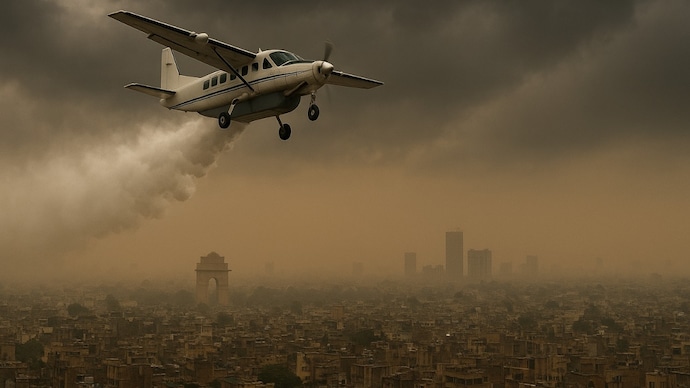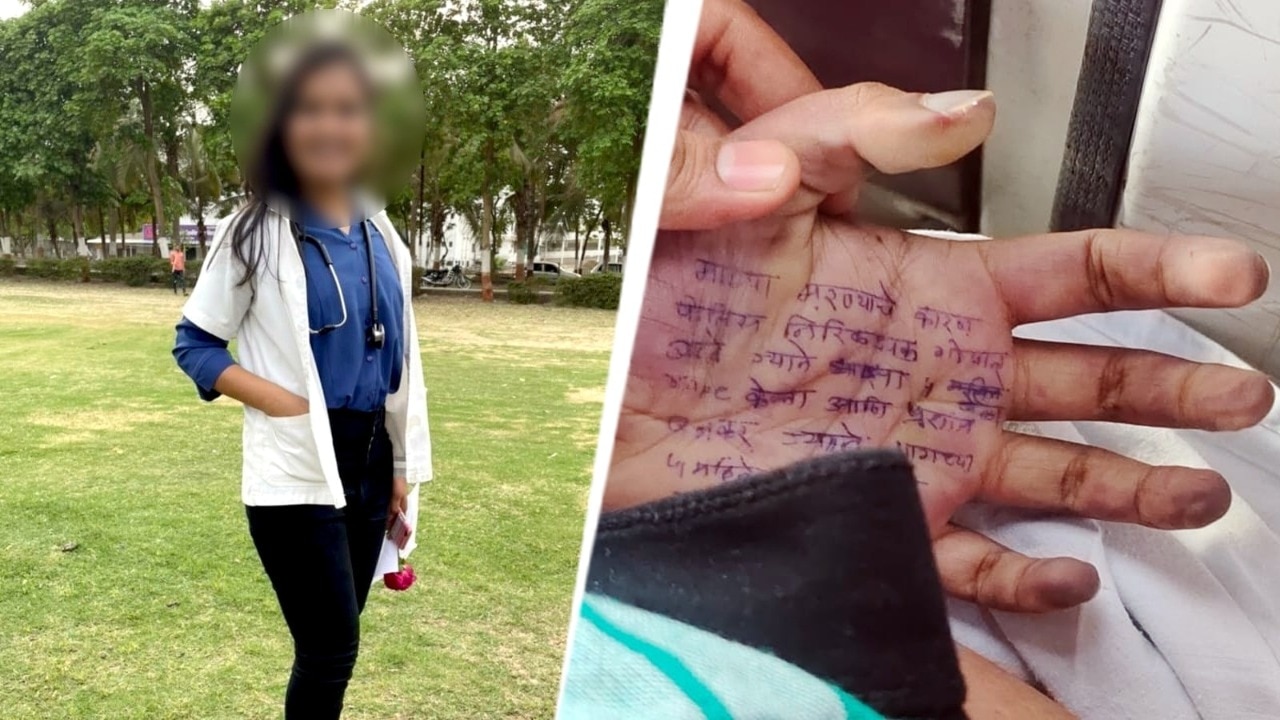ARTICLE AD BOX
Three expert agencies advised against it. Delhi did it anyway, spending Rs 34 crore of public money on a winter cloud seeding experiment that produced no rain.

Cloud seeding operation was launched in Delhi on October 28 in response to hazardous smog. (AI generated image for representation)
Cloud seeding so far has yielded no results. We know it. The scientists at IIT Kanpur know it. But did the Delhi government also know this, and still decide to spend Rs 34 crore of taxpayer money on an experiment experts had already ruled out as “not feasible”?
According to a written reply in the Rajya Sabha in December 2024, the Union Environment Ministry confirmed that all three specialised agencies — the Commission for Air Quality Management (CAQM), the Central Pollution Control Board (CPCB), and the India Meteorological Department (IMD) — had advised against cloud seeding in Delhi during winter. Their expert opinion was clear: the science doesn’t support it. Delhi’s winter skies, dominated by Western Disturbances, rarely produce the kind of dense, moisture-rich clouds that cloud seeding needs to work. Even when clouds do appear, they are too high or too dry, and any precipitation that forms often evaporates before it touches the ground.
The Rajya Sabha reply, accessed by India Today, stated that these agencies had unanimously concluded that cloud seeding was not feasible in Delhi during the cold and dry months. They warned that the required meteorological conditions — sufficient humidity, low cloud base, and cloud depth — are generally absent in the NCR region between November and February. Even when Western Disturbances create some cloud cover, the layers are too thin for seeding to trigger measurable rain. The ministry also pointed out that using chemicals like silver iodide under such unsuitable conditions would have negligible benefits but potential environmental risks.
In short, the experts told the government in writing that cloud seeding in winter simply does not work in Delhi.
Yet earlier this year, the Delhi government went ahead with an estimated Rs 34 crore cloud seeding project in collaboration with IIT Kanpur. In an interview, IIT Kanpur’s director confirmed the deal, explaining that the institute had signed an agreement with the Delhi government to conduct the trials. Two sorties were flown on October 28, each costing roughly Rs 60 lakh and covering about 300 square kilometres. The results? Almost nothing. Delhi got a few millimetres of drizzle, if that.
The scientists behind the project have admitted as much. IIT Kanpur said the atmospheric moisture during the trials was far too low — barely 10 to 15 percent — for any meaningful rainfall to occur. The same conditions that the IMD and CAQM had warned about last year.
So who, then, gave the go-ahead? Was the advice of the expert agencies ignored? Was there a fresh feasibility review before spending Rs 34 crore of public money? And if the science had already declared this approach futile, what justified the gamble — optics, politics, or misplaced optimism?
When contacted for a response, the Delhi government said that the cloud seeding initiative is still in the experimental phase. While the Environment Minister was unavailable for comment, his office stated that there are different types of cloud seeding, and it remains to be clarified which specific category expert opinion had been sought for. IIT Kanpur, which conducted the initial sorties on October 28, is currently undertaking a detailed technical assessment. Officials added that the scope and continuation of the project will be decided after IIT’s experts complete their evaluation and submit their findings to the government.
It’s not the first time Delhi has tried cloud seeding. Previous attempts, too, failed to make a dent in pollution levels or rainfall. In every instance, the science was stacked against success. Yet the narrative of a technological quick fix — rain on demand — proved too tempting.
Now, with two sorties flown, crores spent, and no measurable impact, the real question isn’t when it will rain. It’s who decided to ignore the science and why.
Because Delhi’s winter smog isn’t a mystery. But the decision-making fog behind this cloud seeding experiment certainly is.
- Ends
Published By:
Priya Pareek
Published On:
Nov 1, 2025

 15 hours ago
4
15 hours ago
4









 English (US) ·
English (US) ·